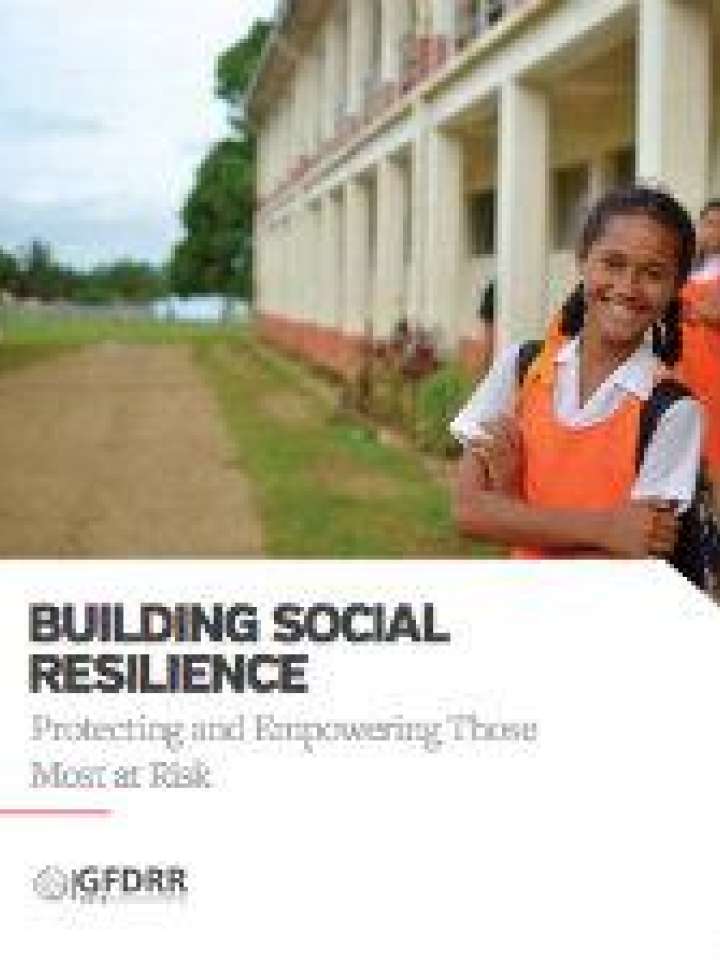Building social resilience: Protecting and empowering those most at risk
This paper was prepared as an input to the fourth Global Assessment Report on Disaster Risk Reduction (GAR). It explores progress and documents good practice towards reducing vulnerability to natural hazards and how that risk may shift in the decades to come due to climate change.
From there, the paper discusses approaches that improve the resilience of those most at risk, and describes examples of ongoing or completed projects that demonstrate what works. Based on these findings, the paper concludes with recommendations for principles and commitments to be included in the successor agreement to the Hyogo Framework for Action (HFA).
This paper does not present any new research, but rather synthesizes recent World Bank analyses of strategies to build resilience and of national policies and operational platforms meant to assist the poor in managing disaster and climate risk. The goal is to highlight practical ways of funnelling disaster and climate risk financing directly to those most in need and to empower poor communities to drive their own risk management efforts based on their development goals. Such financing options for the poor include social funds, social protection systems and safety nets, community-driven development projects, and similar mechanisms that target households and communities directly.
Explore further
